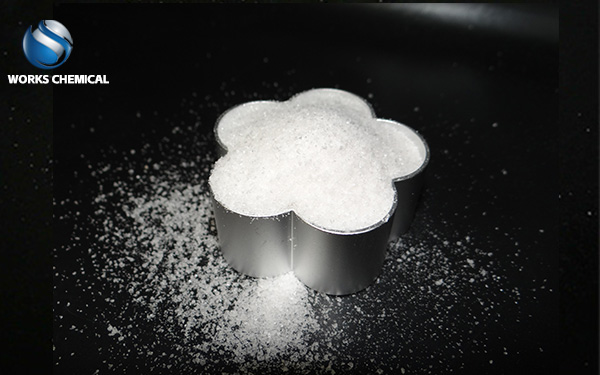
Sludge dehydrant and PAM (polyacrylamide) have obvious differences in many aspects, the following is a detailed analysis of the difference between the two:

Main ingredients:
Sludge dewatering agent: the main components are inorganic compounds, sludge surface structure modifier, degreaser, wall breaking agent, sludge surface treatment agent, sludge stripping agent and other chemical agents.
PAM (Polyacrylamide) is a water-soluble polymer that works mainly based on the structure and properties of its polymer chain.
Mechanism of action:
Sludge dewatering agent: by changing the surface structure of the sludge, reducing the solid surface load and specific surface area of the sludge, destroying the bacterial structure and other ways to reduce the moisture content of the sludge.
PAM (polyacrylamide) : mainly through flocculation, the suspended substance is gathered together through electric neutralization and bridge adsorption, which is easy to settle and separate.
Use effect:
Sludge dewatering agent: After use, it can significantly reduce the moisture content of the sludge, reduce the weight obviously, and the moisture content of the mud cake can be reduced to 40%-60%. At the same time, the use of equipment such as filter press can improve the efficiency of mud press, reduce the corrosion of equipment, and facilitate the post-treatment of sludge (such as incineration, brick making, composting).
PAM (polyacrylamide) : mainly used for the flocculation and sedimentation of suspended solids, although it can also be used for sludge dehydration, but it is usually not as significant as the special sludge dehydrating agent.
Application scenario:
Sludge dewatering agent: Especially suitable for sludge pre-concentration and dewatering treatment of municipal sewage treatment plants, industrial and domestic sewage treatment facilities.
PAM (polyacrylamide) : In addition to being used for sludge dewatering, it is also widely used in many fields such as water treatment, paper making, textile, oil exploitation and so on. Environmental protection and safety:
Sludge dehydrating agent: some sludge dehydrating agent adopts environmental protection formula, non-toxic and harmless, simple production process, avoiding the lime component of traditional sludge dehydrating agent, overcoming technical defects such as large dosage, serious corrosion of equipment loss and potential harm to the environment.
PAM (polyacrylamide) : As a polymer, its biodegradability is relatively poor, but under normal use and disposal conditions, the impact on the environment and human health is small.
Cost:
Sludge dewatering agent: Due to the use of specific formulations and processes, the cost may be relatively high, but considering its significant dewatering effect and environmental protection, the overall cost performance is still high.
PAM (polyacrylamide) : As a commonly used water treatment agent, its cost is relatively low, but the application in sludge dewatering may not be as economical as the special sludge dewatering agent.
In summary, there are significant differences between sludge dehydrating agent and PAM in main composition, mechanism of action, use effect, application scenario, environmental protection and safety, and cost. When choosing to use, it is necessary to comprehensively consider the specific sludge properties, treatment needs and environmental protection requirements.